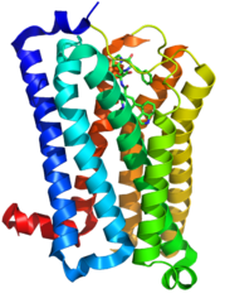 Serotonin Receptor by S Jahnichen
Serotonin Receptor by S Jahnichen A 10 April 2017 BBC story, Microdosing: The people taking LSD with their breakfast, reports individuals regularly taking small amounts of LSD for health.
A look at “serotonin” on Wikipedia reveals why people would be supplementing their serotonin systems for health:
Serotonin Receptor Actions/Modulations
- Memory
- Learning
- Anxiety
- Depression
- Schizophrenia
- Regulating the release of serotonin
- Analgesia
- Aggression
- Dopamine release in prefrontal cortex
- Vasoconstriction
- Bone mass
- Psychedelia [note: “Physiodelia” is often a better word]
- Norepinephrine release
- Glutamate release in prefrontal cortex
- Urinary bladder contractions
- Cardiovascular functioning
- Empathy (via the spindle neurons)
- Dopamine release into the mesocorticolimbic pathway
- Acetylcholine [nicotinic] release in prefrontal cortex
- Appetite
- Anti-psychotic
- Emesis
- Anxiolysis [calming]
- Movement of food across the GI tract
- Memory consolidation
- Cognition
*Next Up: 26 April and a Life Serotonin Supplementation (LSS) on Physiodelia.
Posted by Bryan W. Brickner
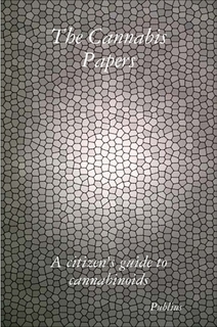

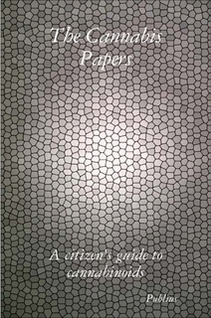
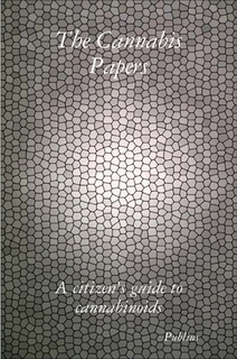
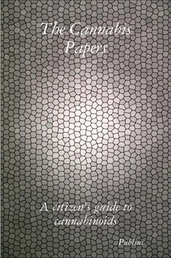



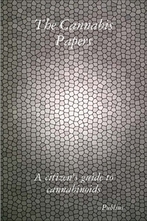
 RSS Feed
RSS Feed
